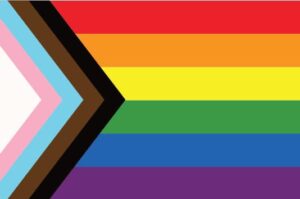This September marks the seventh annual Disability Employment Month in British Columbia and provides an opportunity to celebrate the contributions of people with disabilities in the workforce, and the employers and communities who support their success. Think of the strengths, such as resilience and courage it takes to apply for and sustain employment, and participate in one’s community when faced with a life-changing disability. By focusing on what you have to offer because of the barriers you overcome, and with the compassion and understanding and accommodation of employers, we can work together to have an inclusive community.
What is a disability?
Disability: A disability is a condition or illness—visible or invisible, episodic or continuous— that affects a person’s senses or activities. Examples of disabilities include physical and sensory disabilities (quadriplegia, vision or hearing loss, etc.), mental health disabilities (including addiction), developmental disabilities, learning disabilities, brain injuries and chronic health conditions such as arthritis, hepatitis C, diabetes, morbid obesity and others. The disability does not need to be permanent; however, a short-term health issue such as the flu would not qualify for accommodation in the workplace.
If you have a disability and are seeking employment you may be torn on whether to disclose your disability to the prospective employer. You are not legally required to disclose your disability if you do not need accommodations, but consider your strengths and barriers and apply for a position in which you will be successful. Employers legally cannot ask if you have a disability in an interview. An employer can ask if you are able to meet the requirements the job.
The publication, Disclosing Your Disability – A Legal Guide for People with Disabilities in BC produced by the Disability Alliance of BC, has great information on disclosing your disability and accommodations, including a table on the advantages and disadvantages of disclosure at various stages of your job search.
- Check out our workshops at WorkBC Parksville Career Centre such as “Branding You” https://www.careercentre.org/workshops-events/
- Want to develop your personal resilience? Check-out this helpful guide and workbook: https://www.workplacestrategiesformentalhealth.com/pdf/From_Surviving_to_Thriving_EN.pdf
- Other helpful resources to help you succeed: https://www.workbc.ca/Resources-for/People-with-Disabilities.aspx
